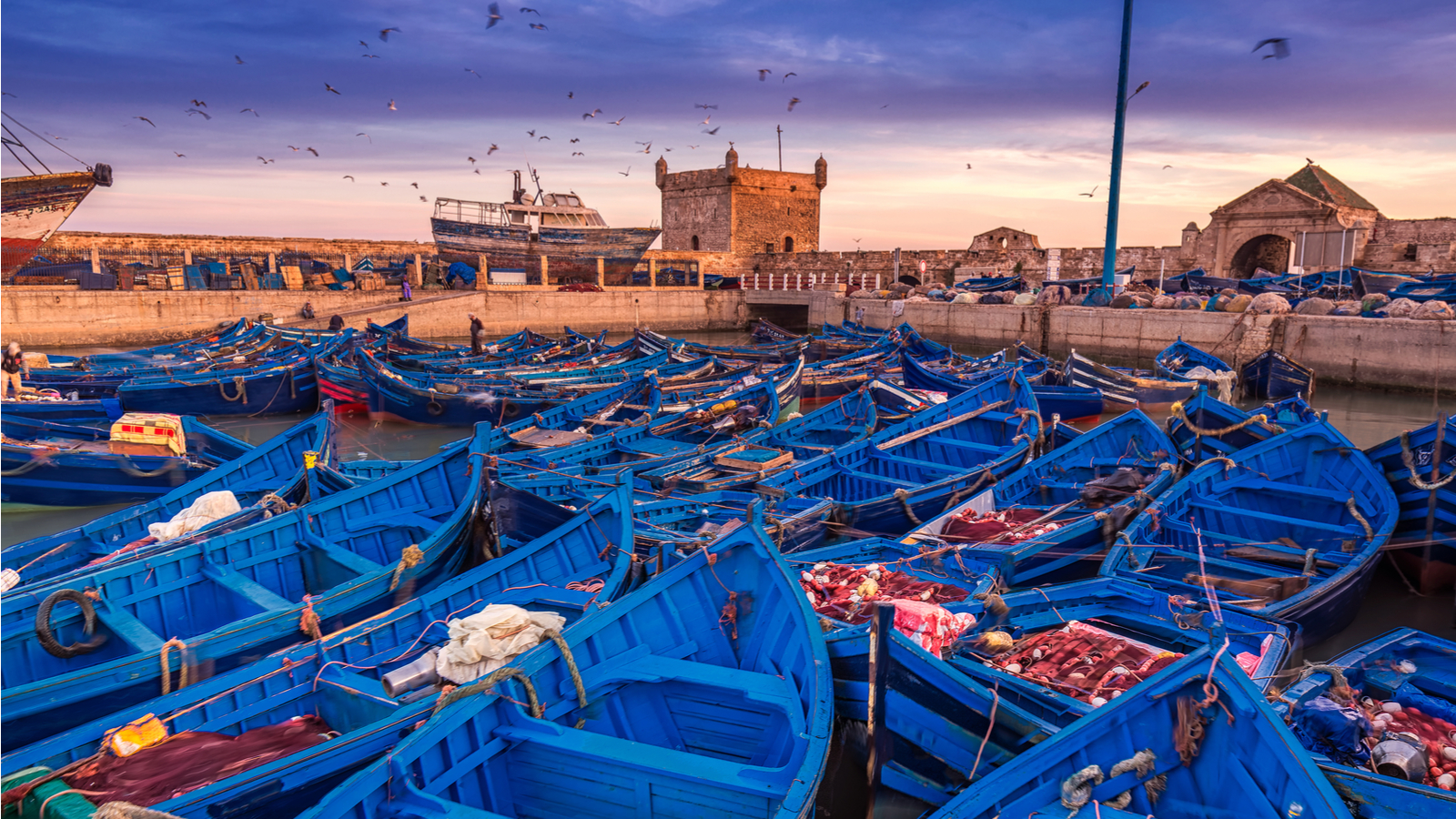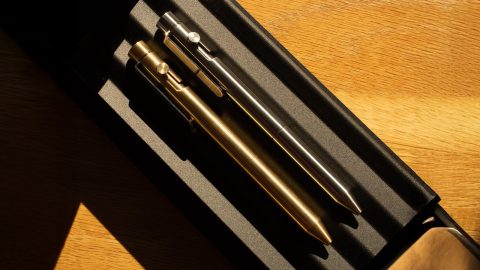48 Hours In Essaouira, Morocco
September 11, 2018
byAlana Luna
-
Lifestyle Modern Home, Masculine Edge: 12 Finds From Hay, Fellow, and Made In
We’ve handpicked nine game-changing pieces from Hay, Fellow, and Made In to refine your space without overdoing it.
-
Lifestyle Curated Comfort: Pieces That Make Staying In Worth It
Upgrade your stay-at-home game with the best home comfort essentials – cozy, design-forward picks that bring warmth and style to every room.
-
Lifestyle The Sophisticated Commuter: Essential Gear for Stylish, Everyday Transit
Our editors share their picks for commuter gear that blends sharp style and smart function.
-
Lifestyle Inside the Morning Routines of Design-Obsessed Men
Thoughtful habits, beautiful tools, and the gear that makes getting up feel like a privilege.
-
Lifestyle Built for Ritual: Design-Forward Products That Turn Routine Into a Moment
Turning the mundane into meaningful.




















